Can mixing trees and crops help both farmers and the climate?
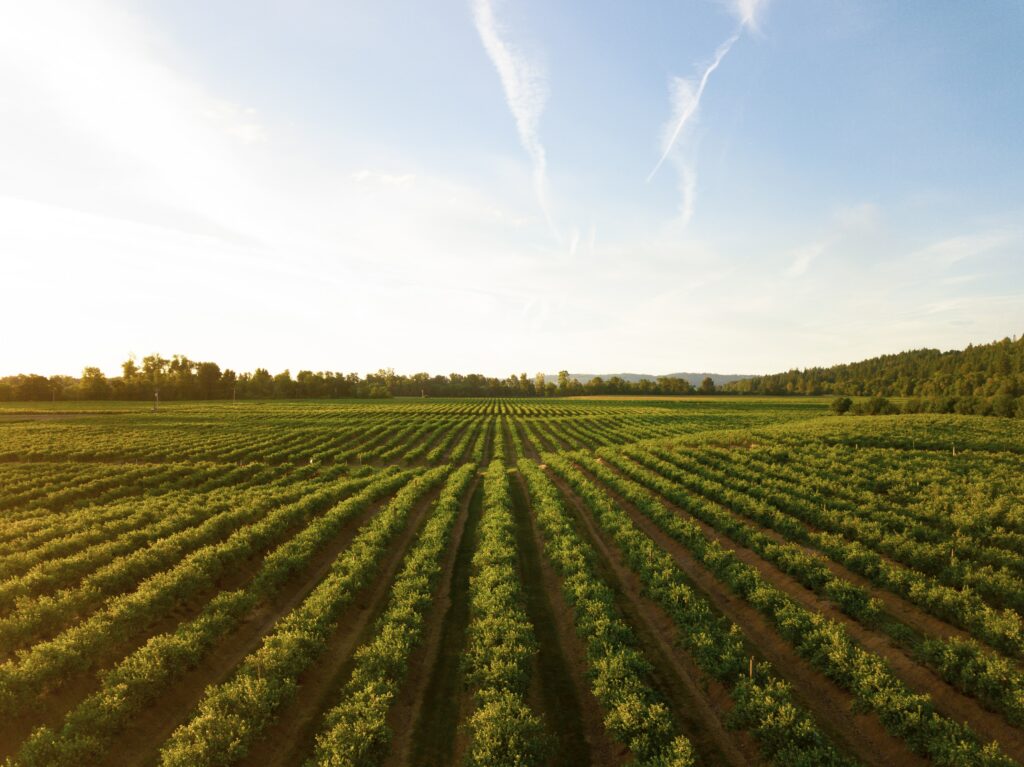
About half of all habitable land on Earth is devoted to growing food, more than 30 percent of the world’s forests have been cleared and another 20 percent degraded, much of it to make room for ranching. livestock and growing crops. By 2050, to feed a growing population, cropland will have to increase by 26 percent, an area the size of India, the researchers estimate.
The collective hunger of humans drives the twin ecological crises of climate change and biodiversity loss. Cutting down trees to make room for crops and livestock releases carbon into the atmosphere and erases the natural habitats that support so many species. Humanity is in danger of crossing a planetary boundary with unpredictable consequences.
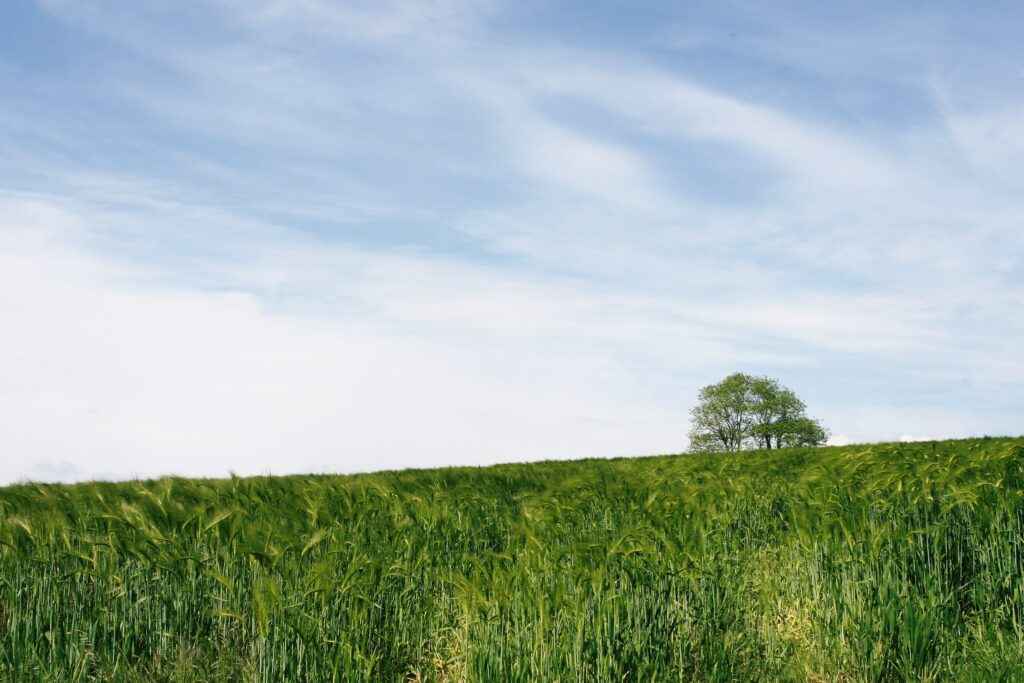
Farmers who intentionally mix crops, trees and livestock, a practice called agroforestry, offer a more sustainable way forward. Agroforestry may not work in all circumstances, but it has great potential, to work towards food production and conservation goals on the same land.
Integrating trees onto farms may seem like a recipe for lower yields, as trees would replace some crops. But such a mix can actually squeeze more food out of a given plot of land than when the plants are grown separately. Agroforestry was the norm until modern farming methods spread throughout the world, especially after the Industrial Revolution and the rise of chemical fertilizers in the mid-20th century. But small farms in the tropics are still big on trees. Worldwide, about 43 percent of the land used for agriculture has at least 10 percent tree cover.
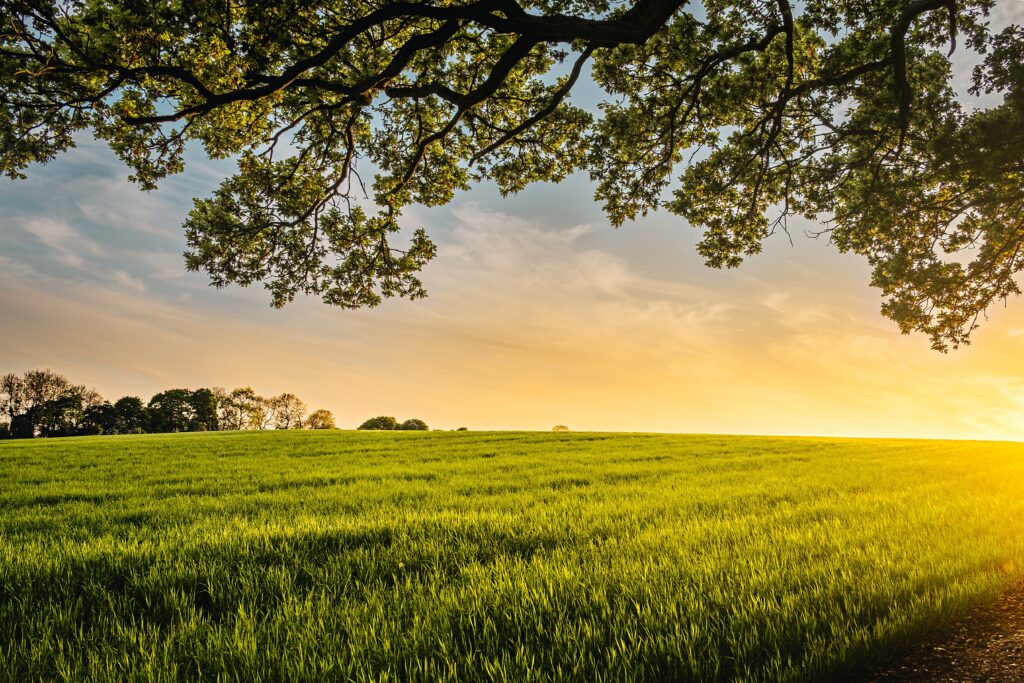
Increasing that percentage could have deep and far-reaching benefits, if done correctly. Trees need to be integrated into farms so as not to create additional problems for farmers. The way agroforestry is carried out in three very different parts of the world illustrates the promises and challenges of coupling trees and crops.
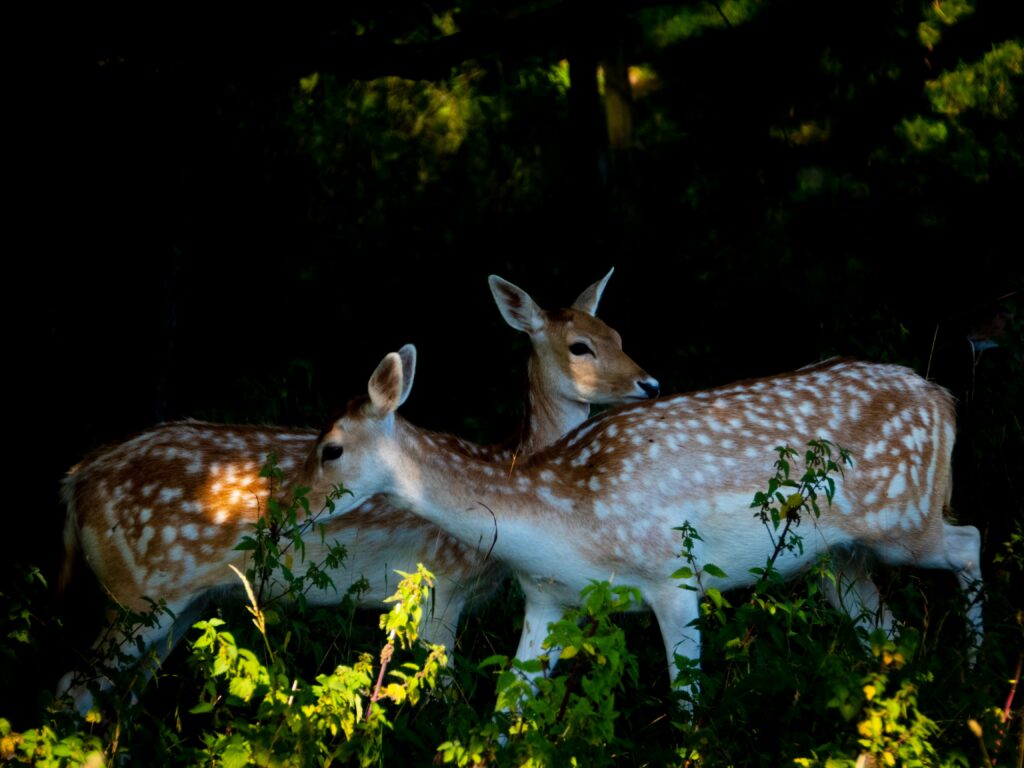



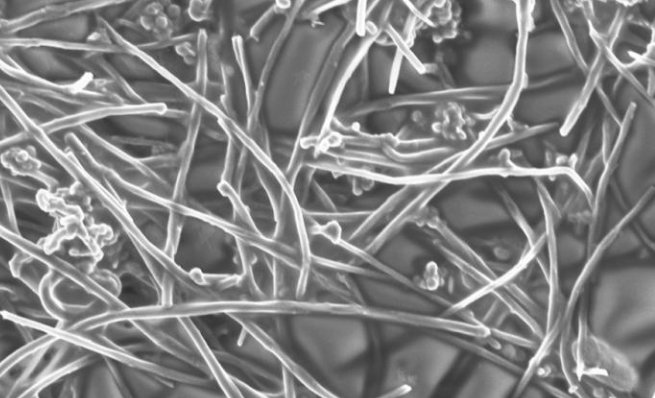
Responses